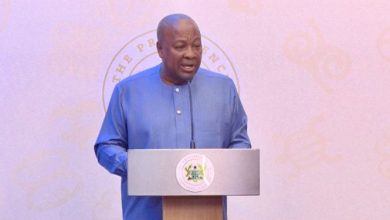Energy Minister receives Transformational Leadership Award in Kenya

The Minister of Energy, Dr. Matthew Opoku Prempeh has received the Transformational Leadership award at the 2023 Africa Public Sector Conference and Awards (APSCA) held in Nairobi, Kenya on Friday, September, 8 2023.
The award was in recognition of the transformational leadership he has provided in the energy sector since assuming office.
Also awarded at the event was the Chief Director at the Ministry of Energy, Wilhelmina Asamoah, as outstanding woman in public service.
Africa Climate Summit
The awards ceremony was organized on the margins of the Africa Climate Summit, which saw Heads of State, Ministers, Senior government officials of various African countries and key stakeholders gathering to deepen conversations on the global climate change agenda especially from the African perspective.
Achieving net zero
Addressing different gatherings during the Summit Dr. Prempeh reiterated Ghana’s efforts at reducing carbon emissions pursuant to its commitment to the global climate agenda.
He said these efforts are within the broader context of Ghana’s blue-print towards achieving net zero.
Energy efficiency
Touching on the role of energy efficiency in Africa for the development of affordable, clean energy system for the future, the Minister who is also Member of Parliament for Manhyia South highlighted Ghana’s prioritization of energy efficiency which dates back to 2005. “This is when we launched the appliance standards and labelling regime to date where we have passed legislations to back same” he said.
The Minister sindicated that the lighting retrofit led to savings of 124MW with 6000 CFLS deployed to replace 6000 incandescent.
The awards were received on their behalf by Deputy Director General of the Ghana Education Service, Dr. Bempah Tandoh.
Related awards
It may be recalled that, Dr. Prempeh in 2022 was named at the Africa Public Sector Conference and Awards held at the Kempinski Gold Coast Hotel as the Best Minister for the period under review, touting his outstanding leadership as Energy Minister.
This award is an addition to a number of awards received by the Minister for his remarkable leadership as a public official with the recent one being an honorary Doctorate Degree conferred on him by the University of Cape Coast, also for his outstanding leadership.












